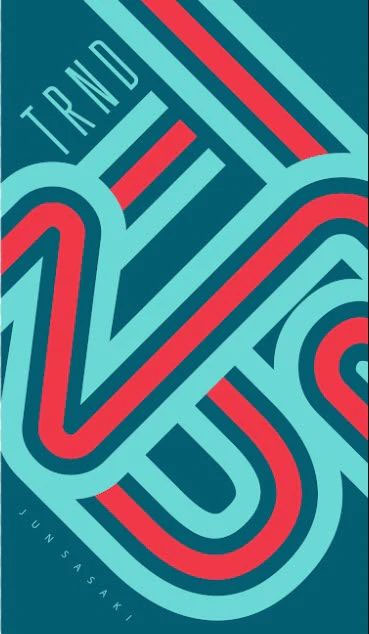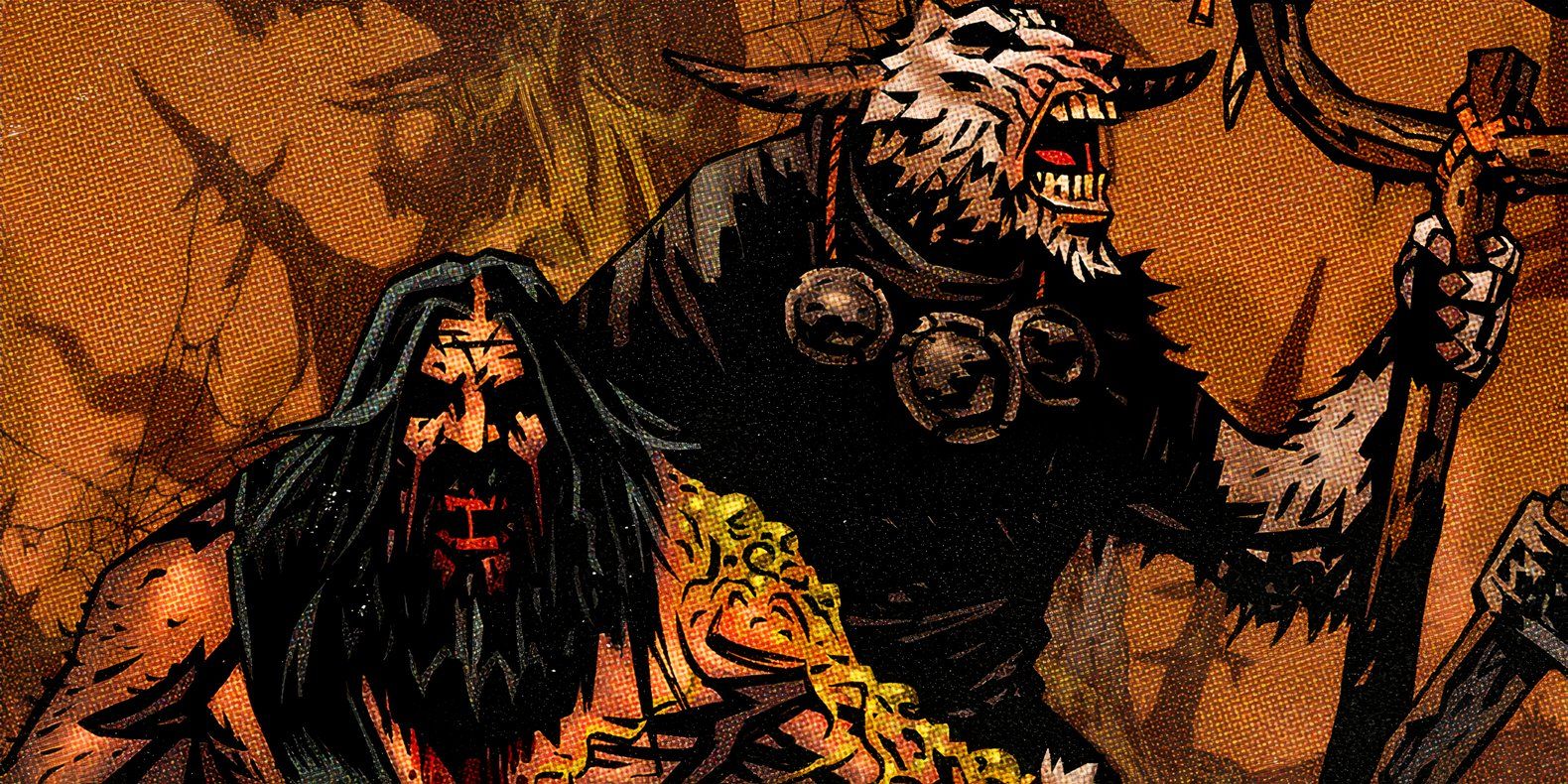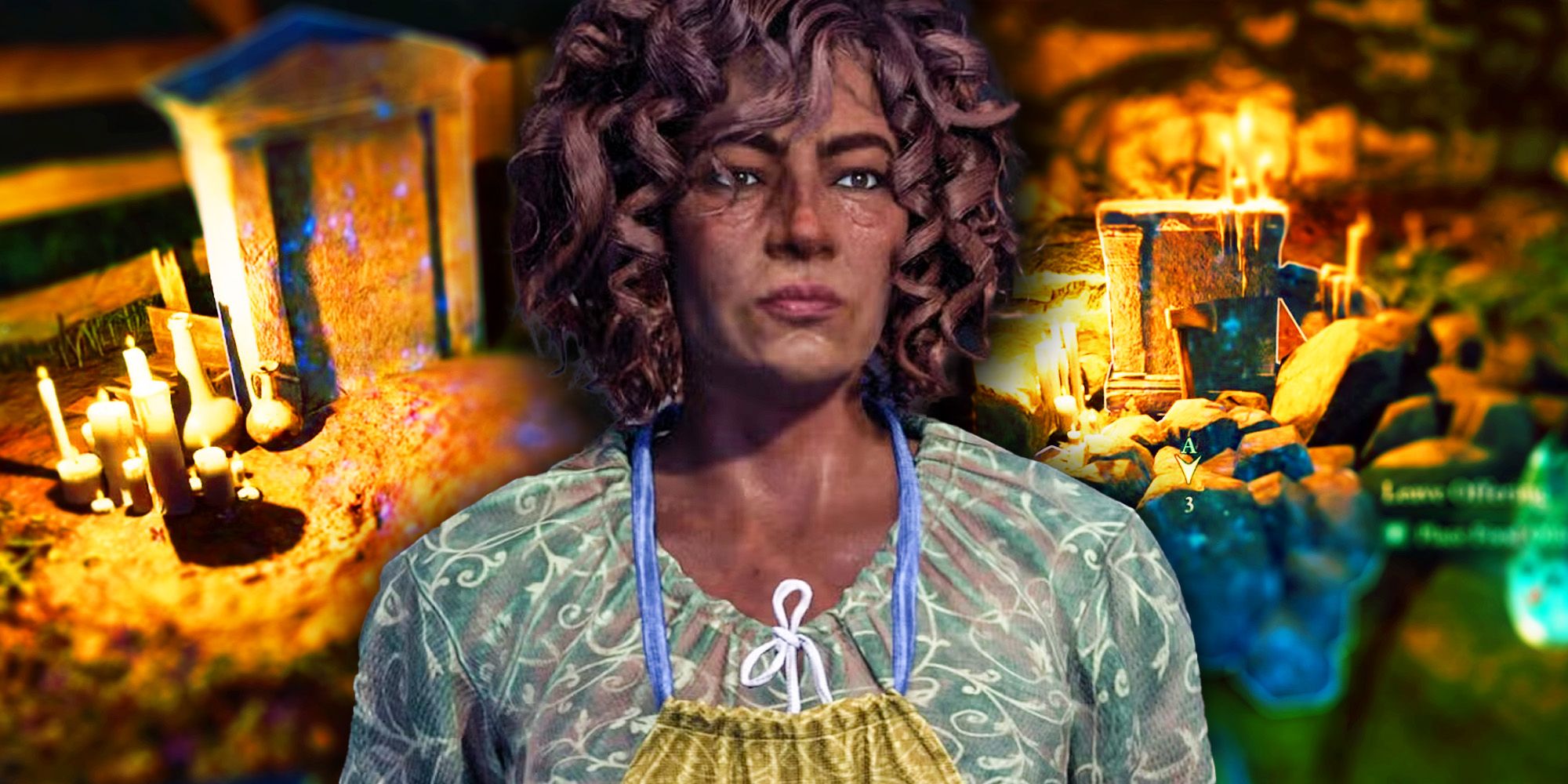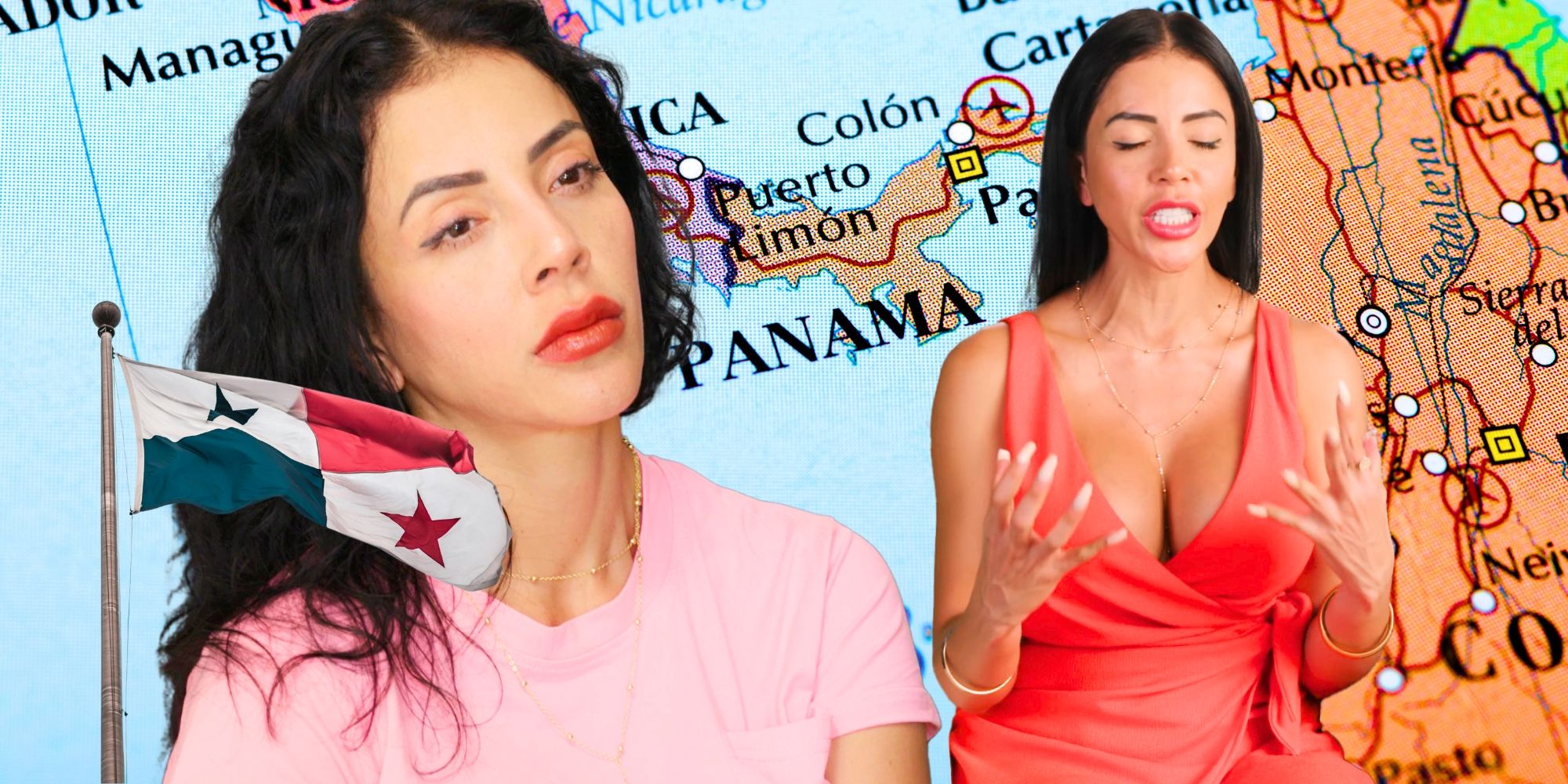PROTECT YOUR DNA WITH QUANTUM TECHNOLOGY
Orgo-Life the new way to the future Advertising by AdpathwayAs the ancient sea traders of Odisha navigated the vast waters of the Indian Ocean, they forged a network of commerce and culture that shaped the maritime history of the region. These daring merchants, known as the Sadhabas, sailed their majestic vessels, known as Boitas, bringing wealth and prosperity to their homeland.
In the trick-taking card game Boitas, players assume the role of these intrepid traders, competing to amass the greatest fortune. The player to trade their goods by successfully outmaneuvering their rivals wins the game.
Players engage in a series of trick-taking rounds, using their Boita cards to capture valuable goods. The most innovative and exciting features of the game are the dynamic changing of trump suit mechanism and the endgame scoring, which adds an element of unpredictability and strategy to each round.
In this developer diary, I explore the origins of the trump suit mechanism and the endgame scoring, the design process, and the adjustments that refined these into the central aspect of Boitas. Before that, let's start with the genesis of how this game came to be.
From Kochi to Odisha
I pitched a game called "Kochi" to Kheo Games. This 18-card game was based on a city in Kerala, India, and its main focus was on trading in the port city of Kochi.
After a few playtests with the publisher, they suggested that we theme the game on my home state of Odisha. We also decided to make it a trick-taking trading game. Trading has been a key historic element in the history of Odisha, especially as part of the Kalinga Empire.
Even today the state celebrates Boita Bandana, a festival that commemorates the traders who used to travel to South East Asia. Paper boats are made and released in the rivers and seas to remind us of the historic traders. I have vivid memories of the Boita Bandana festival from childhood. I used to visit the local temple pond with my mother in the early morning where people had gathered and floated their fancy miniature boats. This became the setting for the game, Boitas, which literally means "boats" in Odia, the language spoken in Odisha. I was delighted with this change in theme as this would be the first game that had a theme centered around my home state.
With this new direction, we spent a lot of time studying and playing modern trick-taking games and in parallel researching the history of Odisha and the Boitas. Within a couple of weeks, we had the core of the game laid out with the bare essential rules. The publishers and I had multiple sessions, and with each session, the game transformed from the 18-card game to the current version of Boitas, which now has more than one hundred cards and thirty tokens.
Trick-Taking Dynamics
Boitas has three phases of a trick-taking contest in each round during which players use their Boita cards to capture tricks and secure treasures. The game follows somewhat traditional trick-taking rules, with players playing one card per trick and the right card winning the trick. However, the port card trump suit mechanism adds a twist to this familiar format.
The port card determines the trump suit for each trick. At the beginning of the round, players reveal the port card for ports numbered 1 to 3, which sets the trump suit and influences the flow of the game.
The Genesis of the Port Card Trump Suit Mechanism
The inspiration for the port card trump suit mechanism came from the ever-changing nature of the sea. Just as tides ebb and flow, the trump suit in Boitas shifts at every turn, reflecting the dynamic and unpredictable environment the ancient traders faced.
In many trick-taking card games, the lower numbered cards (e.g., 1, 2 and 3) always felt weak. Hence we combined the changing trump suits with the phase numbers. This meant that the phase number card in the trump suit would most likely win a trick. For example: in the second phase of the game, if the trump suit was Betel, then the player playing the 2 Betel will defeat (almost) all cards, including the 9 of the Betel suit.
The EndGame Scoring
As in other trick-taking games, the winner(s) of every trick get to score points. Initially we had kept it simple, i.e, every goods token will score for each player, but we had definitely parked some ideas for a "twist" in the endgame scoring, and kept visiting it from time to time.
Deeply inspired by some of Reiner Knizia's intriguing endgame scoring methods, the publisher suggested that we make the players choose one of two ways to score the import goods that they've won. During our playtests, we found that while gamers took time to understand how the scoring worked, once they did, it made them realize that winning the right goods — and not necessarily all of the tricks — would help them win the game.
Early Prototypes and Growing the Game
From paper sketches to online playtests, we plunged straight in. The publisher was instrumental during this phase. They kept me grounded whenever my ideas went a bit off-course. Our first attempt was a set of barebones prototypes — nothing fancy, just placeholders for numbers and suits.
The structure was simple: numbered cards from 1 to 7 in each suit. At first, it was all about choices. Low numbers (1–3) helped you match suits at ports, while high numbers (5–7) earned victory points (VP) at game's end. Players had to decide whether to hold onto high-value cards for victory points or play them to win goods during the rounds. That constant tension worked like a charm.
There were four suits, known as the Boita suits. Each suit represented a good that was to be traded in return for goods that the Sadhabas imported. The goods that we shortlisted were grain, gems, betel and cloth.
In addition to the Boita suits, I included Dirgha Boitas (meaning "long boats"). These were additional power cards that players could purchase from a market and use to affect the outcome of some tricks.
Finally, we had a third deck of cards: the elephant cards, which were also called the trunk suit. (That name didn't last for long!) The elephant cards were a special deck that would trump the trump suit and in most cases would be the most powerful card in a trick.
Now, I am completely aware of the misuse of the elephant in most games that are considered to be based on Indian themes. However, in this case, the elephants were traded by the Sadhabas. In fact, a very powerful empire, Gajapati, ruled over parts of Odisha. The name, Gajapati, translates to the master of elephants.
You might be wondering: What happened to the 4-valued cards of a suit? Card 4 was a mega-trump of sorts. It was the only one that could beat the mighty elephant card. Watching players block elephants by using card 4 strategically added a layer of unpredictability that we loved. The dynamics of card hierarchy emerged almost naturally during playtests.
Each trick has two winners. The player with the best card gets their choice of the two import goods available, and the player in second gets the remaining import good. All other players receive 1 currency each.
Initially, we called the currency "rest tokens", but shifting to cowries — small shell tokens — gave it a thematic edge. Cowries were used as a currency in our history, and we thought that a game about trade should be ideally represented with the most optimal symbol for currency. Cowries allowed players to purchase more Boita cards, making resource management a strategic choice. Do you save your cowries or splurge for stronger cards? This simple decision opened up a world of possibilities.
We called the trick-taking phases the trading phases and the phase where you use cowries to get new Boita cards the market Phase. Both phases were meant to represent the key trading activities of the Sadhabas with the foreign lands and internally within the local markets.
The gameplay evolved around three key areas:
• Your hand, which is a dockyard for your ships (the Boitas).
• The market, where players traded cowries to add Boita cards or the Elephant card to their hands.
• Ports, which represent Bali, Sumatra, and Borneo where the real action happened.
Balancing and Refining
Scoring was another beast entirely. Early versions awarded points only for the highest export good and lowest import good — simple, but not satisfying. Iterations saw us adding layers, fine-tuning until players found the system rewarding and intuitive.
Furthermore, we introduced a good that would behave entirely differently: the pearls! Earlier we had two kinds of pearls, one that would copy the highest number, and another that would copy the lowest number. In the grand scheme of balancing how many import goods tokens of how many types would make the perfect dilemma, we added two more types of pearls, which are based on the number of cowries and the number of cards left in hand. In short, pearls are worth a variable number of points that is set only at the endgame, giving players room to juggle!
One challenge stood out: card hierarchy. Players needed a quick way to understand what beats what without slowing down gameplay. Enter the reference card, a compact guide that explains the hierarchy and scoring. It took some trial and error, but once we nailed it, the game became much smoother. We were deeply influenced by the game Skull King when we defined our reference card.
I also tweaked the total number of cards in the game. Initially, discarded cards went back into the deck, which created frustrating randomness. By expanding the range to 0–9 and ensuring that cards were never shuffled into the deck, every play mattered more. Players could track what had been played, leaning into strategic probability as the game progressed. We even introduced card-specific powers: a 5 could earn you a free cowrie, while a 6 let you swap cards or gain two cowries. These small touches added depth. (With this change, the 7-9 cards became the ones worth points if you held them at game's end.)
A critical rule we enforced was always playing a card. This discouraged hoarding and kept players thinking tactically. As a catch-up mechanism, those who lost a trick earned a cowrie, giving them a chance to rebound in future turns.
Some ideas didn't survive. We had two types of Boitas — normal and Dirgha Boitas — but merging them simplified the game without losing its essence. Streamlining was the theme of our later iterations, informed by feedback from both online and physical playtests. From Mumbai to Gurgaon, Anand to Bengaluru, the response was overwhelmingly positive. Most players immediately asked for a rematch, a sure sign we were on the right track.
The Art Process
When it came to art, we were clear: This game had to be as visually stunning as it was engaging. Staying true to the theme, we turned to Odisha's own Pattachitra art — a traditional style known for its intricate detailing and vibrant colors. It felt like the perfect medium to tell this story.
We chose to work with Janki Bavle, an incredible artist who designed the game's cover and early ship illustrations. Her work captured the raw beauty and cultural essence we were aiming for. She also contributed with the design ideas for the four different boats. The prows of the boats were decorated with animal faces. She incorporated the same in the design of the four different boats that are used as the Boitas cards.
Then Alecster Silveira joined, refining the card layouts and ensuring everything was clean yet evocative.
We tweaked the card design a bit in order to showcase the numbers and icons on all four corners based on feedback from the gamers. Alecster had to painstakingly make this happen as the original card illustration was not designed for a vertical card, but rather a horizontal layout. Thankfully, he managed to pull this off excellently. Ultimately, I feel that they created a visual identity that felt both timeless and inviting.
Designing this game has been a journey — not just of mechanisms and playtests, but of connecting with my roots, blending culture with strategy, and creating something deeply personal. Each session, whether online or in-person, has brought us closer to making this more than just a game. It's a celebration — a little Boita of its own, setting sail into the hands of players, carrying with it stories of Odisha's maritime past.
Sidhant Chand, designer


 4 months ago
46
4 months ago
46
/pic8293053.jpg)
/pic8686857.jpg)
/pic8686878.jpg)
/pic8686877.jpg)
/pic8676802.png)
/pic8686957.jpg)
/pic8676799.png)
/pic8676798.png)
/pic8676907.jpg)
/pic8676790.jpg)
/pic8676791.jpg)
/pic8686966.jpg)
/pic8686967.jpg)
/pic8676796.png)
/pic8676794.png)
/pic8676795.png)
/pic8686959.jpg)
/pic8778267.png)


/pic7607523.png)
/pic7571955.png)












 English (US) ·
English (US) ·  French (CA) ·
French (CA) ·